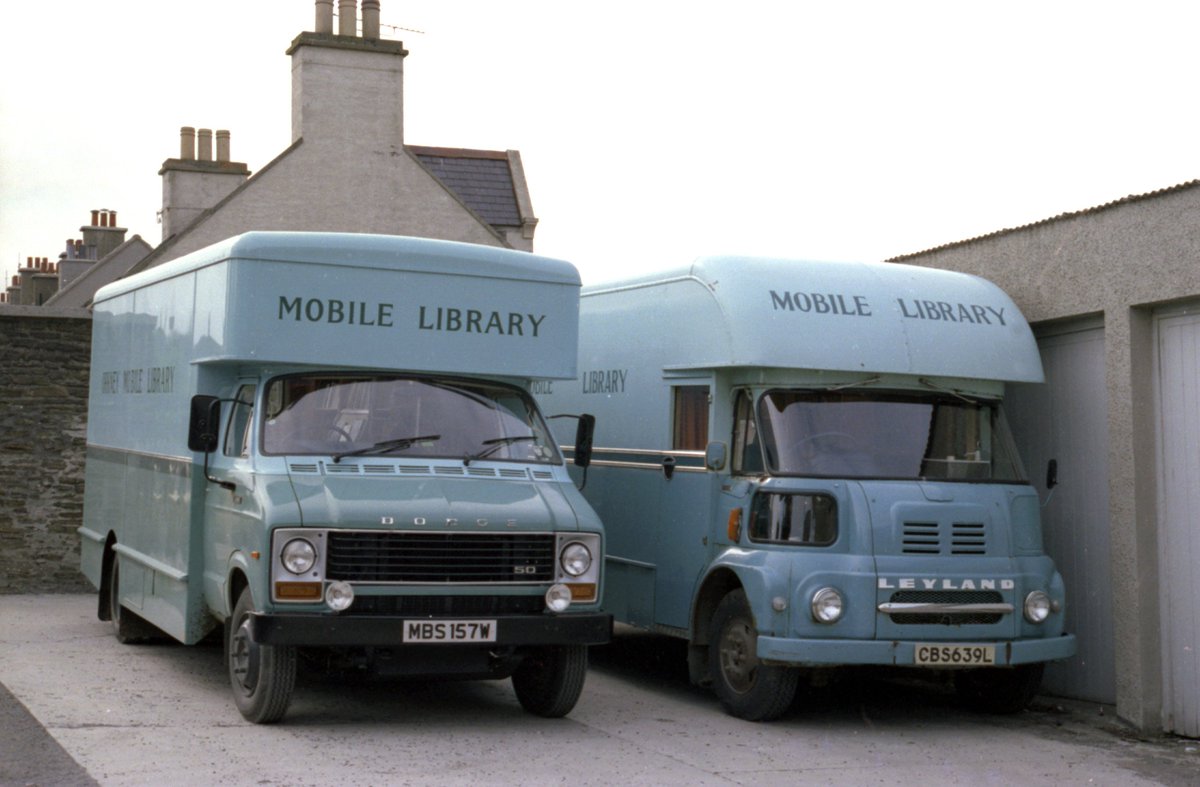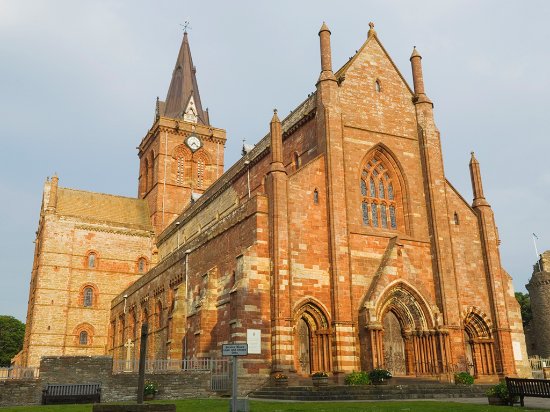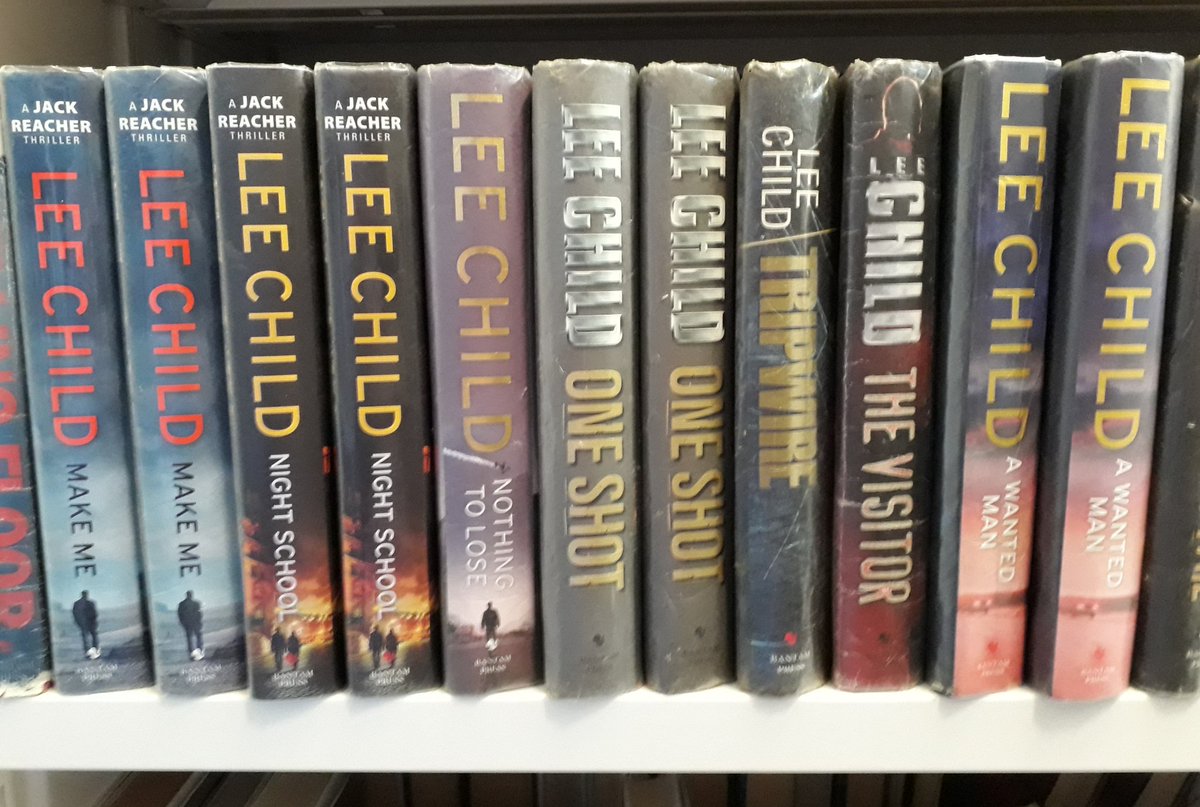In one of our archive strong rooms there is a shelf. The shelf does not contain the most exciting or interesting item in the archive but it does contain something amazing.
A thread.
A thread.
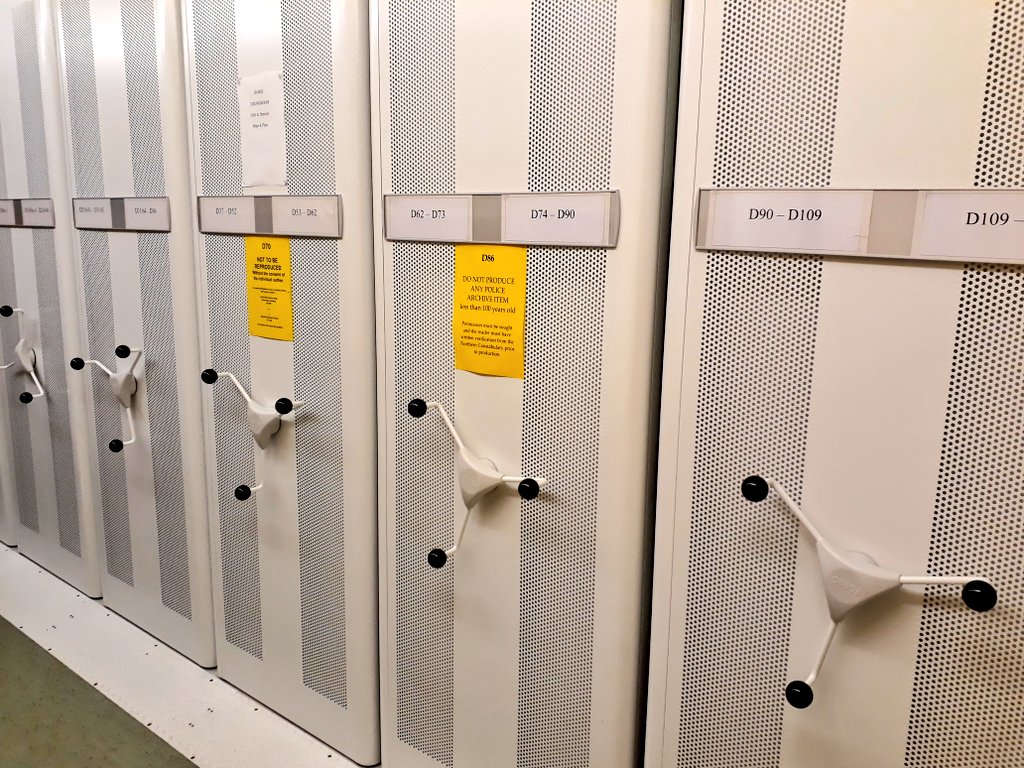
On the shelf there is a number of sturdy boxes and in one of the boxes there are a number of folders. 
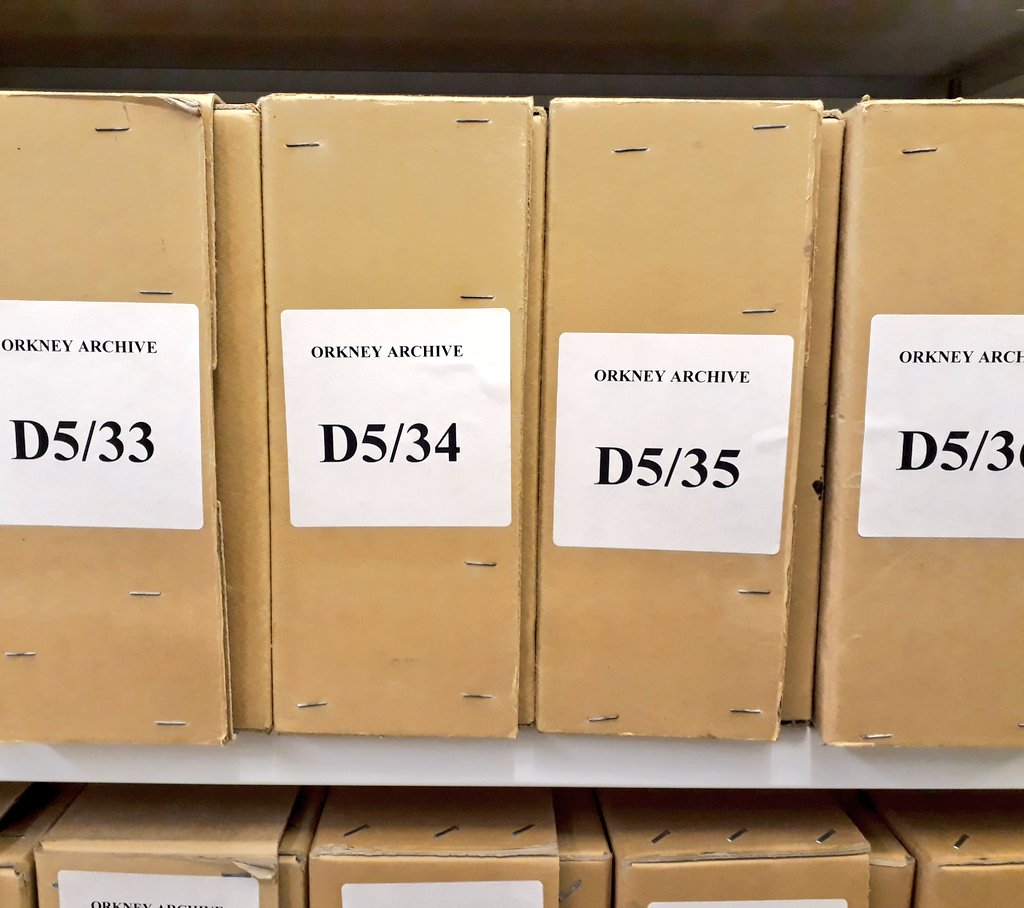
The folders are tied closed with cotton archival tape and inside one of the folders is an envelope containing a disposition written on a piece of vellum. 

A disposition is a legal document concerning the transfer of land from one person to another. Not that exciting.
But this disposition is amazing because it was written in 1402.
That is 616 years ago. Written by someone who lived in #Orkney six centuries ago.
But this disposition is amazing because it was written in 1402.
That is 616 years ago. Written by someone who lived in #Orkney six centuries ago.
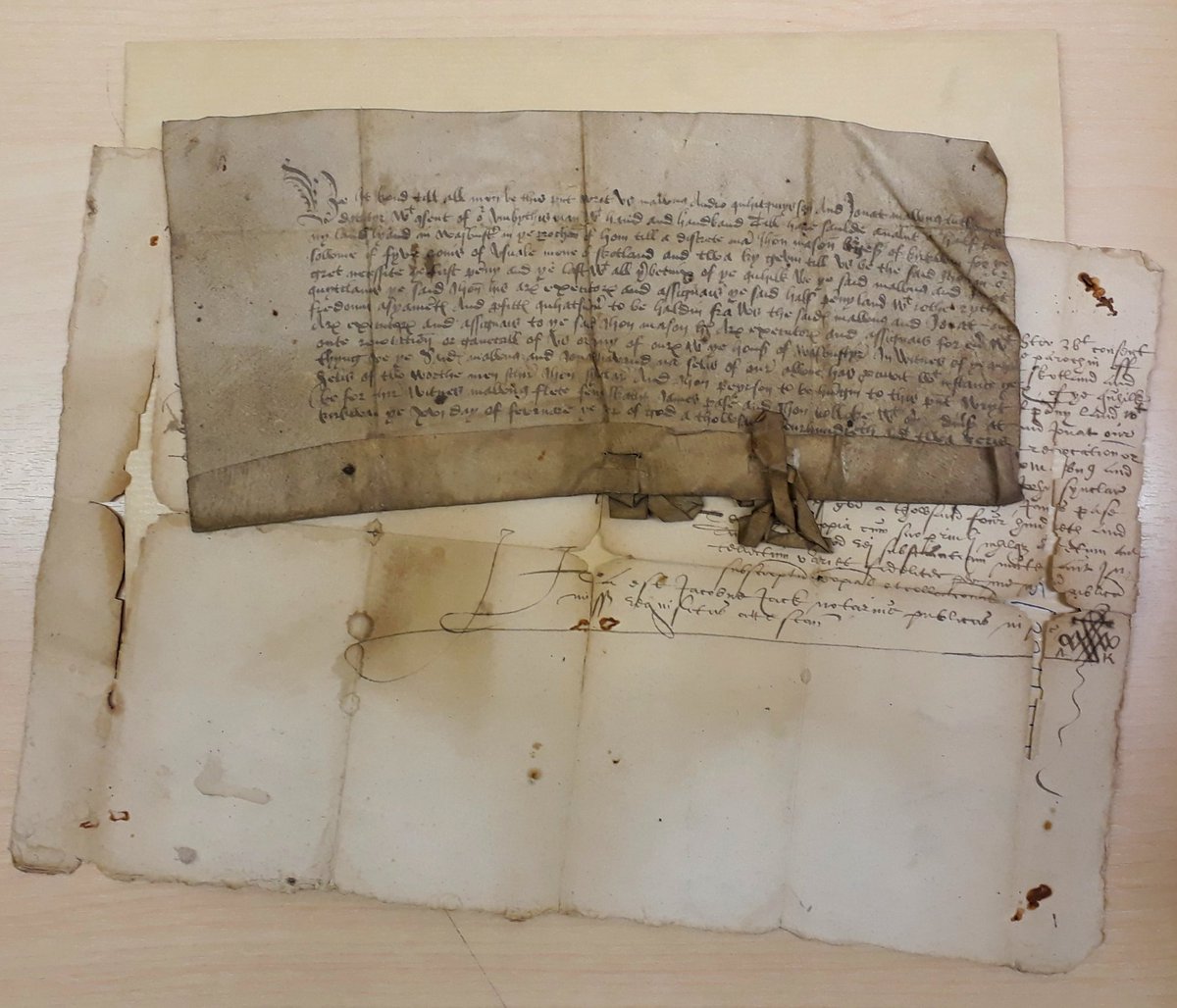
That means it was written towards the end of the Middle Ages. Written during the Renaissance. Written during the Hundred Years War when Henry IV was King of England and Robert III was King of Scots.
It was written 90 years before Columbus sailed to the Americas. 162 years before the birth of Shakespeare. 264 years before the Great Fire of London. 413 years before the Battle of Waterloo.
For something written today to become the same age as this is now would take until the year 2634.
• • •
Missing some Tweet in this thread? You can try to
force a refresh













